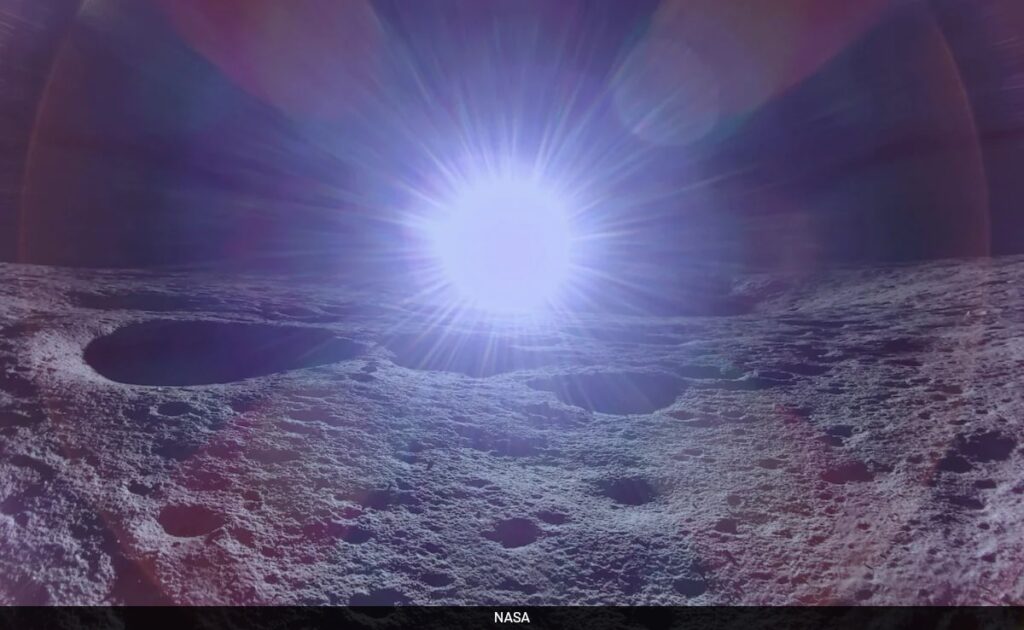
NASA has achieved another milestone after it successfully received GPS signals on the Moon. Its Lunar GNSS Receiver Experiment (LuGRE), with the assistance of the Italian Space Agency, has become the first device to track and observe Earth-based navigation signals on the surface of the Moon.
Kevin Coggins, deputy associate administrator for NASA’s SCaN (Space Communications and Navigation) Programme, said, “On Earth, we can use GNSS signals to navigate in everything from smartphones to aeroplanes.”
GNSS (Global Navigation Satellite System) is similar to GPS and shows navigation signals from Earth. Mr Coggins said LuGRE shows it is possible to successfully obtain and monitor GNSS signals on the Moon.
“This is a really interesting discovery for lunar navigation, and we intend to use it for future missions,” said Mr Coggins.
The LuGRE experiment is a big step for astronauts as it will help provide better navigation systems for future missions such as NASA’s Artemis Program by giving exact location, speed, and time.
On March 2, Firefly Aerospace’s Blue Ghost lunar lander landed on the Moon and carried LuGRE, one of ten NASA payloads. It aimed at improving lunar science, marking the beginning of the journey to the historic milestone.
Soon after landing, NASA scientists at the Goddard Space Flight Center in Greenbelt, Maryland, began the first science operations on the lunar surface.
On March 3, LuGRE received a great navigation fix after travelling roughly 225,000 miles (2.25 lakh km) from Earth. For the first time in history, GNSS signals were used for safe navigation on the moon.
The device can function continuously for 14 days and there is potential for even more possibilities for greater GNSS capabilities.
LuGRE, developed in collaboration with NASA, Qascom, the Italian Space Agency, and Politecnico di Torino, is funded by NASA’s SCaN Program and provided under the Commercial Lunar Payload Services initiative.














